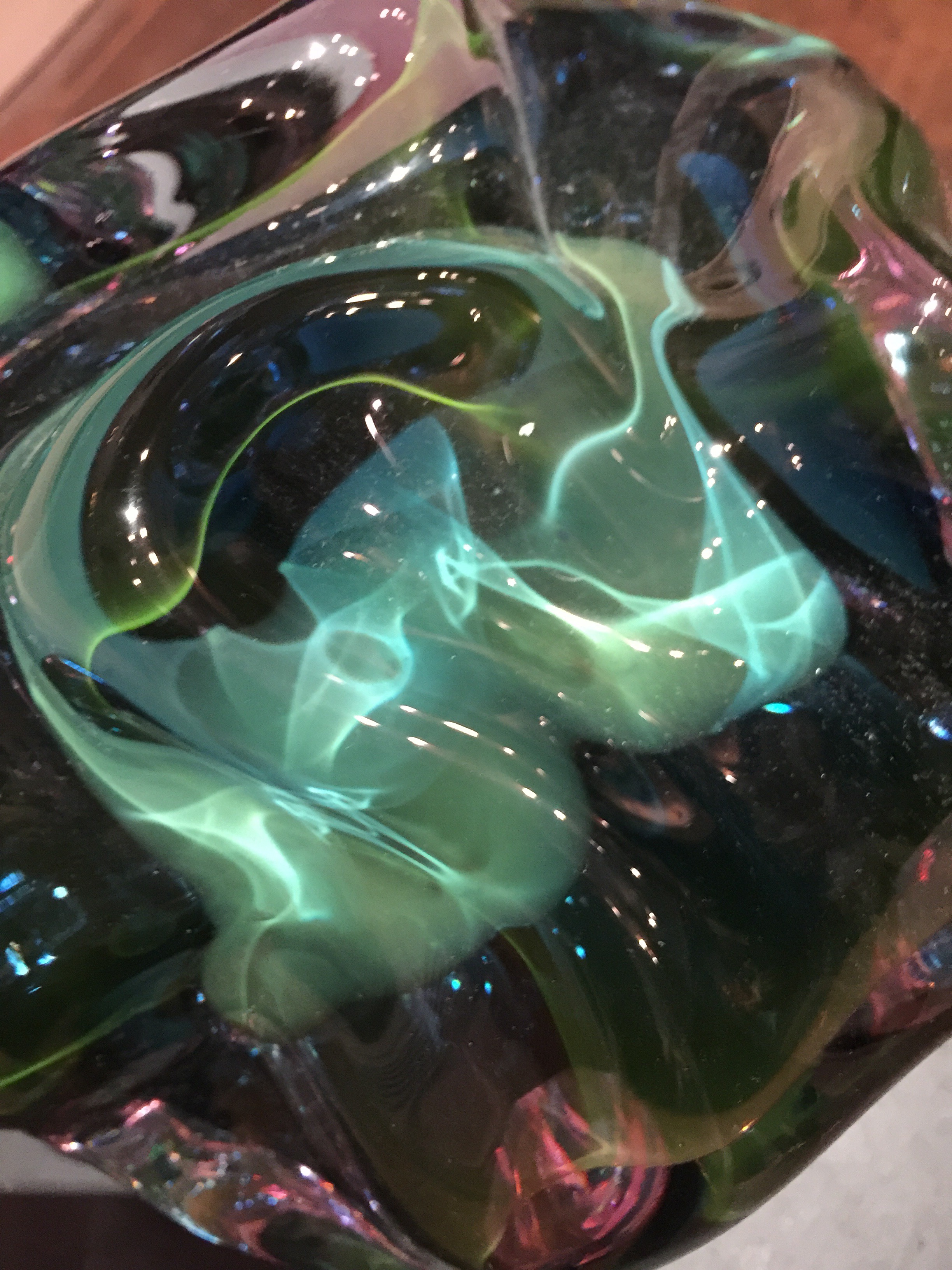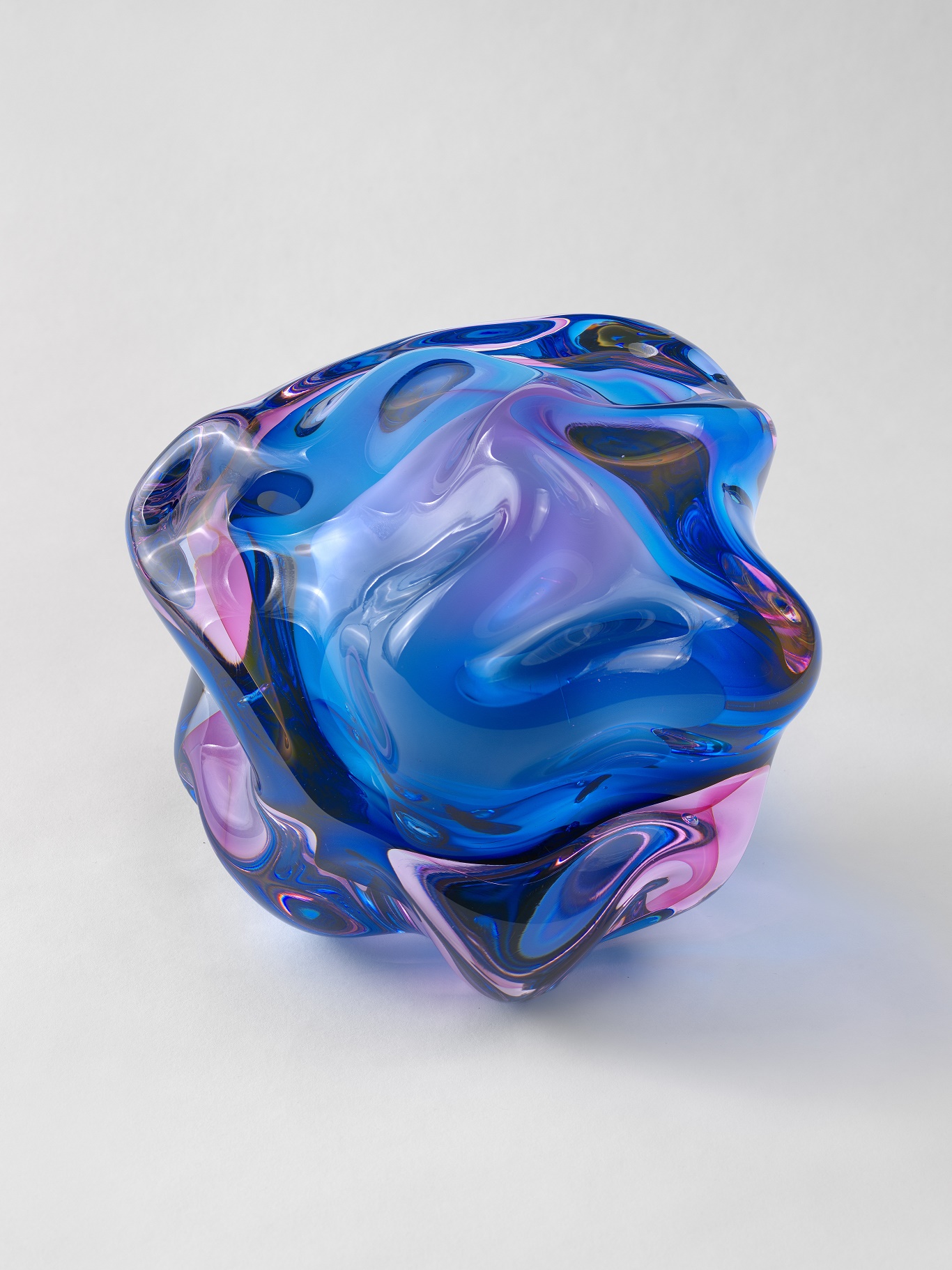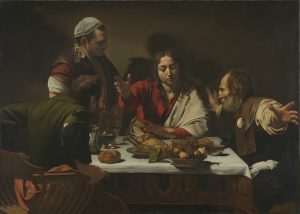
Fluid Rock, 2016, Flavie Audi, detail shot, Mark Westall
FAD caught up with French born Lebanese artist Flavie Audi and asked her about her first solo exhibition Cell-(estial) at Tristian Hoare.
1.The titles of the sculptural pieces in your new exhibition,Cell-(estial) , are seemingly beautifully evocative contradictions in terms – Fluid Rocks, Bubbles of Space – but not only do they perfectly capture the essence of the pieces they also allude to the inspiration you find in the moment of change from one state to another. What is it about this tipping point that you find so inspirational?
The titles refers to new material behaviours, materials which performs beyond nature. The titles describes fragments of futurist landscapes and utopians forms of geologies. I try to reveal energy and a sense of life. Life is this constant flux of movement and energy. This plasma and fluidity surrounds us from micro to macro scale. Moments are never static always a formation of something. It is this instant of energy occurring in the material itself or process which I try to materialise in the work. Its about revealing the contemporary quality of the material. During the moment of transformation there are a lot of decisions to be taken but somehow I try to make decisions that express a sense of freedom.
2. Nature and science appear to be twin passions of yours and to make your wonderful glass sculptures you have created your own intricate process involving chemical reactions, can you describe the process more and also how you came upon it?
Experimenting and taking risks with materials often lead to happy accidents and create opportunities for the discovery of interesting effects. One experiment rationally leads to another one. It is like playing with various ingredients and inventing recipes/techniques or sometimes revisiting and twisting existing ones.

Fluid Rock 9, 2016. Blown glass, gold, silver, L: 18cm x W: 21cm x H: 19cm © Flavie Audi, by courtesy of Tristan Hoare. Photos: Todd White
3. Through the exhibition you explore the collision between glass as a naturally occuring organic material and also how it has become a technological mainstay through it’s use in mobile and television screens. It seems that with the title, Cell-(estial) , you are alluding to both the cell, as in the cell (/mobile) phone, and also the spiritual and cosmological – can you talk more about the counterpoint of the title and by extension the exhibition.
Cell-(estial) suggests the ambiguity between macro & micro worlds, the biological cells and the outer space beyond the earth’s athmosphere. It also refers to the realm of cellular and digital devices. The show investigates the points at which the natural and artificial worlds meet. Glass finds its place in the liminal place between these two realms. It exists on the border between absence and presence. Glass is omnipresent in the digital world, acting as the interface between the real and the virtual world . In the show, one passes from one world to the next in two gallery spaces; one room representing the man-made and the virtual; the other embodying the natural, chaotic state. Two monumental wall installations entitled Cloudscapes are mirroring each others. Cloudscape 8 follows the rational rules of Euclidean perspective, and counters the darker Cloudscape 7, a scattered, explosive sea of celestial debris . Gemscape 1 is a sculpture which brings together synthetic and natural materials, including fake marble, semi-precious and synthetic stones and resin. This seamless combination invites the viewer to consider the relative merits of each material. In an era of technological innovation that has seen the creation of flawless, synthetic diamonds, undetectable by man or machine, this work questions the definition of ‘real’ and depicts a new nature where gemmology will be taking over geology.
4. In this exhibition you are also showing film and photographic work alongside your sculptures. Is it important to you to work across different media and is this something you are actively seeking to do more?
The point of departure in my practice has been glass and it has then evolved towards the manipulation of different materials such as resin and marble, photography and video. I trained in architecture and craft and I want to always explore different media. I worked with analogue and digital techniques in order to create confusion between virtual/artificial and reality/natural. It questions the moment where digital and reality wont be distinct anymore. I produced analogue cameraless photographies which look digital and reminiscent of digital computer screen savers whereas the digital photographic works resemble paintings. It was crucial to bring a virtual and digital dimension in the show. Working with video has been a very powerful tool to define and represent what I name Cultural Geology: a science, which is linked to human processes; planetary bodies or substances grown or made to create synthetic materials that exhibit properties and behaviours not usually found in nature.
5. Cell-(estial) is your first solo exhibition in London. You grew up in Paris but have lived in London for the last 10 years, what is that you love about the city?
London has a beautiful and dynamic creative energy. There are countless different environments and atmospheres to explore.
FLAVIE AUDI CELL-(ESTIAL) Now – 10th January 2017 tristanhoaregallery.co.uk




